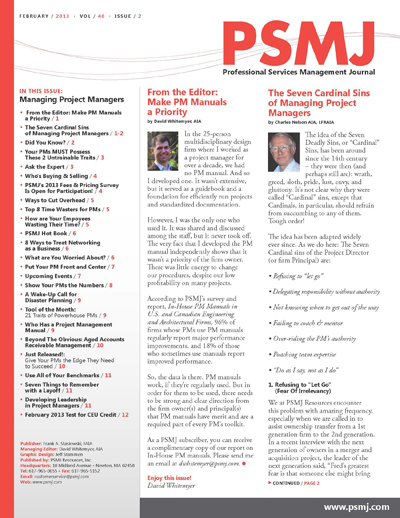
My company is located in Northern New Jersey, just over the George Washington Bridge from Manhattan. As everyone knows, on October 29 of last year, our area was hit hard by Superstorm Sandy, and it affected our business.
This was the third time in recent years that our office was without power due to a storm. We have a robust disaster plan, which we have refined with each experience. Yet, once again, we have learned even more.
When we lose power at our office, we have a phone chain that alerts everyone at our company. We have a complete copy of our servers, which are backed up on a daily basis, and we can switch over to our back-up server in a matter of hours.
The problem this time was that the back-up location was also hit by the storm. I’ve heard this same story from many New York area firms. In our case, the back-up location never lost power, but it had no Internet service.
The storm hit on Monday night and like almost every company in our area, we were completely out of commission on Tuesday. We diverted phone calls to a special disaster voicemail mailbox, and we activated our disaster Gmail account in the event someone wanted to send us an email.
By mid-day Wednesday, we had decided to load our back-up servers into a car and relocate them to a site with power and Internet. Literally – and luckily! – minutes before we were to start the process, the back-up location’s Internet service returned, and by the end of the day Wednesday, we were back on-line.
The storm’s impact was so widespread that another key part of our back-up plan was tested. In the past, when the office was without power, people worked from home, using their laptops and smartphones. But if you don’t have power at your house, you can’t work at home, and most of our people (myself included) were without power for at least five days. In my case, even when I got power back, I was without Internet and landline phone access for three more days. And, I couldn’t use my smartphone at my house for five days because service was almost non-existent.
All of the area Starbucks, and similar places, were jam packed with people, making access to valuable power outlets extremely difficult. And the WIFI, through both laptops and smartphones was sluggish due to the huge crowds fighting for bandwidth.
We finally got power back at our office after eight days. And as with past experiences, we made note of the lessons learned, and the changes needed to our disaster plan.
Make sure you have a disaster recovery plan! Make sure you revisit it regularly to be certain that it covers every scenario you can envision, and think outside the box about things you hadn’t previously envisioned, as we have had to do so many times here in the New York area.
Also, revisit your insurance coverage. There are many situations from this storm that caused businesses to lose money, but that are not covered by insurance. Perhaps there are other ways for you to manage the risk.
The bottom line is, the more you plan in advance, the more you will be in a position to respond when the disaster strikes.
